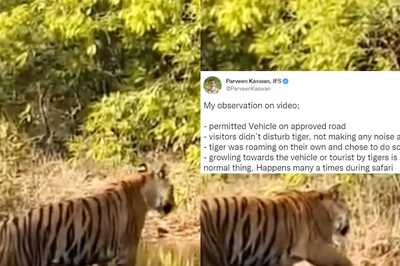
views
Jamshedpur has seen 231 cases of the mosquito-borne fever dengue in the year 2019 till October 14. This comes after the confirmatory Elisa test was done at the MGM Medical College Hospital in Dimna.
Dengue is a mosquito-borne viral infection causing a severe flu-like illness and, sometimes causing a potentially lethal complication called severe dengue. The incidence of dengue has increased 30-fold over the last 50 years during monsoon season. Up to 50-100 million infections are now estimated to occur annually in over 100 endemic countries, putting almost half of the world’s population at risk.
World Health Organization has described dengue as a fast-emerging pandemic-prone viral disease in many parts of the world. Dengue flourishes in urban poor areas, suburbs and the countryside but also affects more affluent neighbourhoods in tropical and subtropical countries.
In 2017, the steel city saw 556 cases of dengue. This number was considerably reduced to just 69 cases in 2018. Massive awareness campaigns about dengue were to be credited for the result.
“Dengue cases has been confined primarily in city areas. We have got over 1 lakh leaflets and have started distribution to create awareness on steps which should be taken to prevent breeding of dengue mosquitoes (Aedes aegypti),” said East Singhbhum district malaria officer and nodal officer of National Vector Borne Disease Control Program (NVBDCP), Dr A. K Lal.
The Pioneer reported about leaflets distributed in the city, informing on the need to maintain cleanliness in and around houses, eradicate unused containers which can lead to water accumulation and be a potential breeding spot for mosquitoes. It also said that, on periodic basis water tanks, coolers, refrigerator and pots must be cleaned. The leaflet also said that lower portion of the body must be covered and dark places in houses must be cleaned regularly.
The leaflets are said to be distributed to all the 235 sub health centers, nine community health centers, and 18 public health centers. “We are also putting our staff for distribution near schools, factories and market areas. Our objective is to target maximum number of people in shortest possible time with our limited resources,” added Dr Lal.
"We need to understand that mosquitoes that carry the virus of dengue do not come from outside, rather they generate from the household things like flower-pots, coolers water, rejected tyre kept on the roof top or in the corner of the garden. So we must ensure that there is no such place where water is stagnant for some time," said a health department official.




















Comments
0 comment